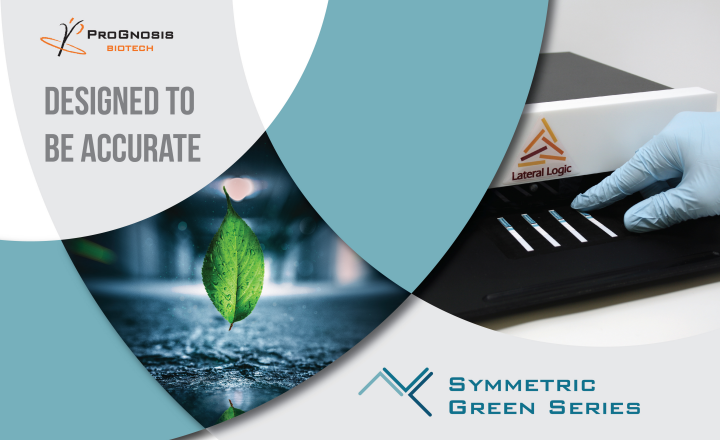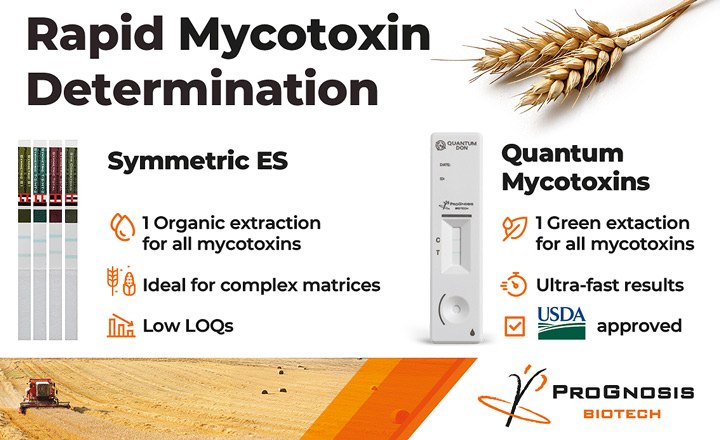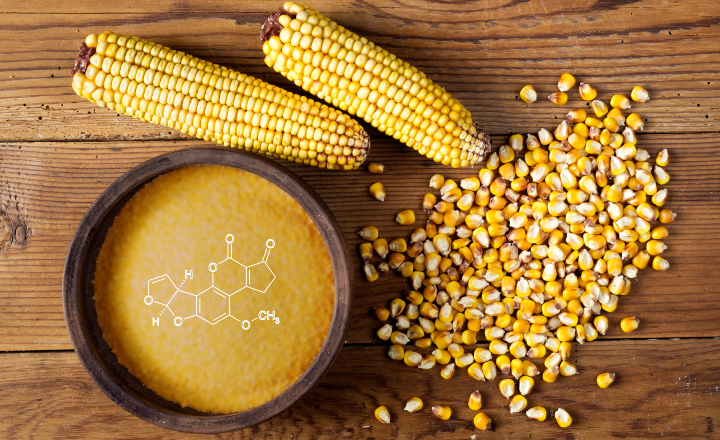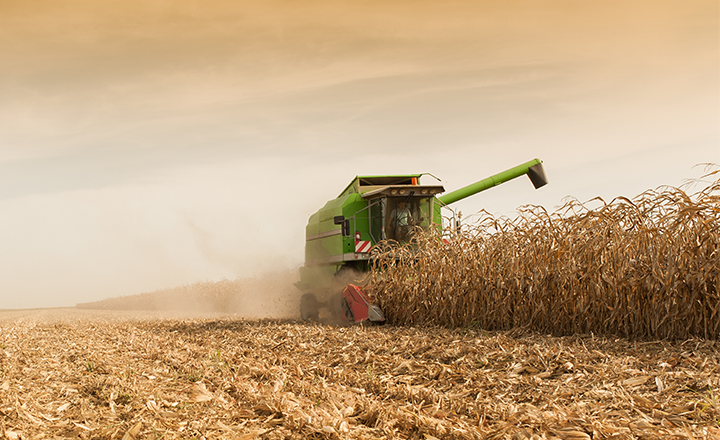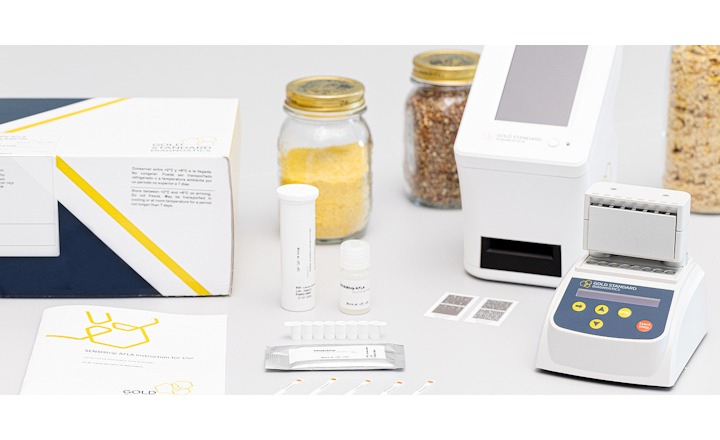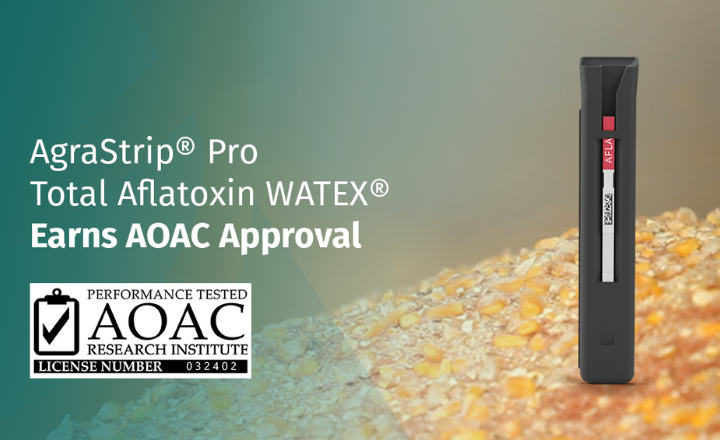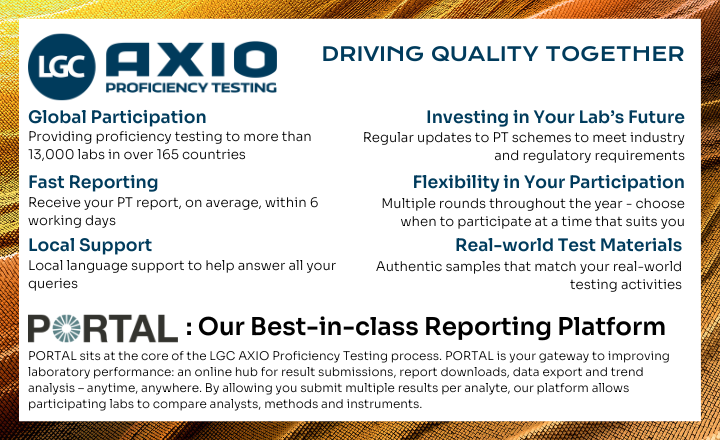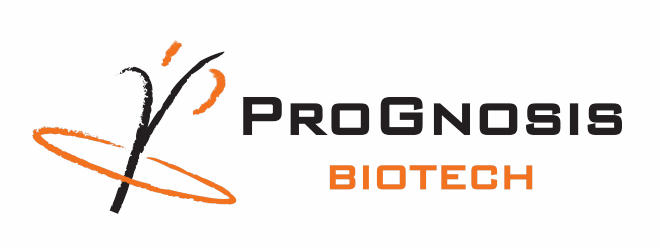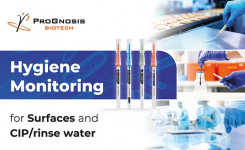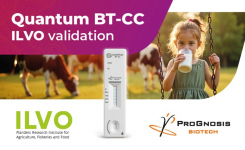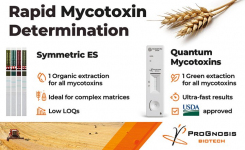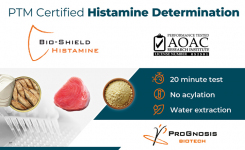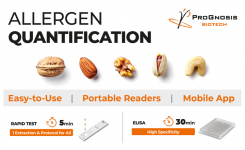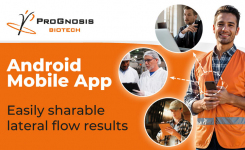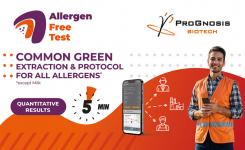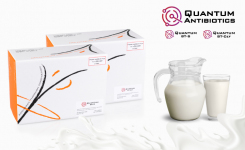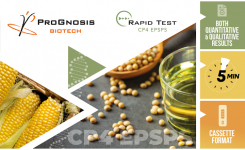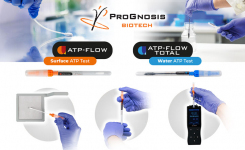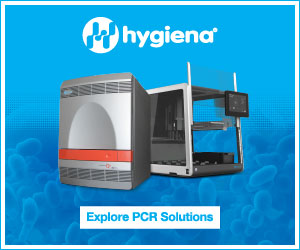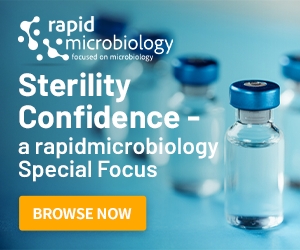Article by Kostas Zaralis, Sales & Marketing Executive at ProGnosis Biotech
Organic solvents are chemicals widely used in many industries in order to suspend, dissolve or extract other materials. They include a variety of commonly used compounds such as toluene, white (mineral) spirit, ether, and alcohols. Although organic solvents are primarily used for materials that are not soluble in water, they are frequently employed for general use, as they are highly effective. .
However, these organic solvents mainly comprise of the most hazardous chemicals in the workplace, not only being harmful for the environment. They are often highly volatile, flammable and toxic and therefore they should be used only where there is with good ventilation and in a fume hood.
Hazards caused by organic solvents are generally underrated, nevertheless they are quite serious especially if the individual is exposed to organic solvents on a regular basis. There are three routes of entry of organic solvents into the body: through skin contact, inhalation or ingestion. Organic solvents are skin irritants after coming in contact with the skin, and with they can affect the function of the central nervous system, can cause liver or kidney damage, as well as serious gastrointestinal and ophthalmological symptoms, dermatitis and cancer. In summary, they are best avoided wherever there is an alternative available.
One of the most common and widely used organic solvent - also used as a pesticide or an alternative fuel-source- is methanol. It is a toxic alcohol and a classic laboratory solvent for the extraction of various materials. Like all the organic solvents, it can cause many harmful symptoms in humans and can also negatively affect the environment. Methanol has similarities in odor and appearance to ethanol (drinking alcohol), however it is far more toxic and more volatile. Ethanol, is also commonly used as an efficient solvent, and has much fewer negative impacts compared with methanol. Therefore, some researchers and scientists consider the ethanol extraction combined with water as a safe and “green” method.
“Green” is a term widely used among scientists to describe the use of compounds that have little or no impact on humans and the environment. However, with extraction methods there is no official agreement as to what constitutes a ‘green’ extraction method or not, -except for the aqueous extraction method-. According to the basic principles of Green Chemistry, the unnecessary use of solvents should be avoided or substituted with less toxic chemicals . Whist ethanol is a relatively safe chemical compound, nevertheless, it is still toxic and flammable.
Nowadays, greater environmental awareness has increased the demand for naturally-derived products that have minimal impact on the environment as well as on humans. Most of the countries worldwide, have established permissible exposure limits for organic solvents promoting the use of ‘greener’ solvents where applicable.
Within the food safety industry, organic solvents are still commonly used during the extraction process for the analysis of various matrices. However, a safer approach is available. This will benefit both the scientists in the lab as well as the end-users (consumers) of the final products.When it comes to mycotoxin detection in food and animal feedstuff (mycotoxins: potential carcinogenic, toxic compounds produced by fungi, found in grains and dairy products), the most used organic solvents are methanol, ethanol and (less often) acetonitrile, while aqueous extraction methods are also employed. Depending also on the matrix, organic solvents are usually the most effective solution for the mycotoxin extraction. However, environmental benefits and user safety are of such high importance they are an essential aspect to consider when differentiating amongst the various offered methods.
ProGnosis Biotech, an innovative biotechnology company located in Greece and with a global presence, has developed Symmetric Green - a new, innovative lateral flow product line for the detection of all the major legislated Mycotoxins (such as Aflatoxin B1, Total Aflatoxins, Deoxynivalenol (DON), Zearalenone (ZON), Ochratoxin A (OTA), Fumonisin (FUMO) and T-2/HT-2) in grains, nuts, cereals, animal feedstuff and other commodities, using an aqueous buffer for the extraction process. Using the Symmetric Green lateral flow kit is a safe and rapid method, which also has a very high accuracy and repeatability of results, as proven by numerous multi-matrix proficiency tests organized by prestigious organizations such as Fapas and A.I.A. This rapid and easy method provides a reliable solution to analysts within the food safety sector.
See the ProGnosis Biotech range of lateral flow kits for Mycotoxin analysis – all using organic solvent free extraction!


